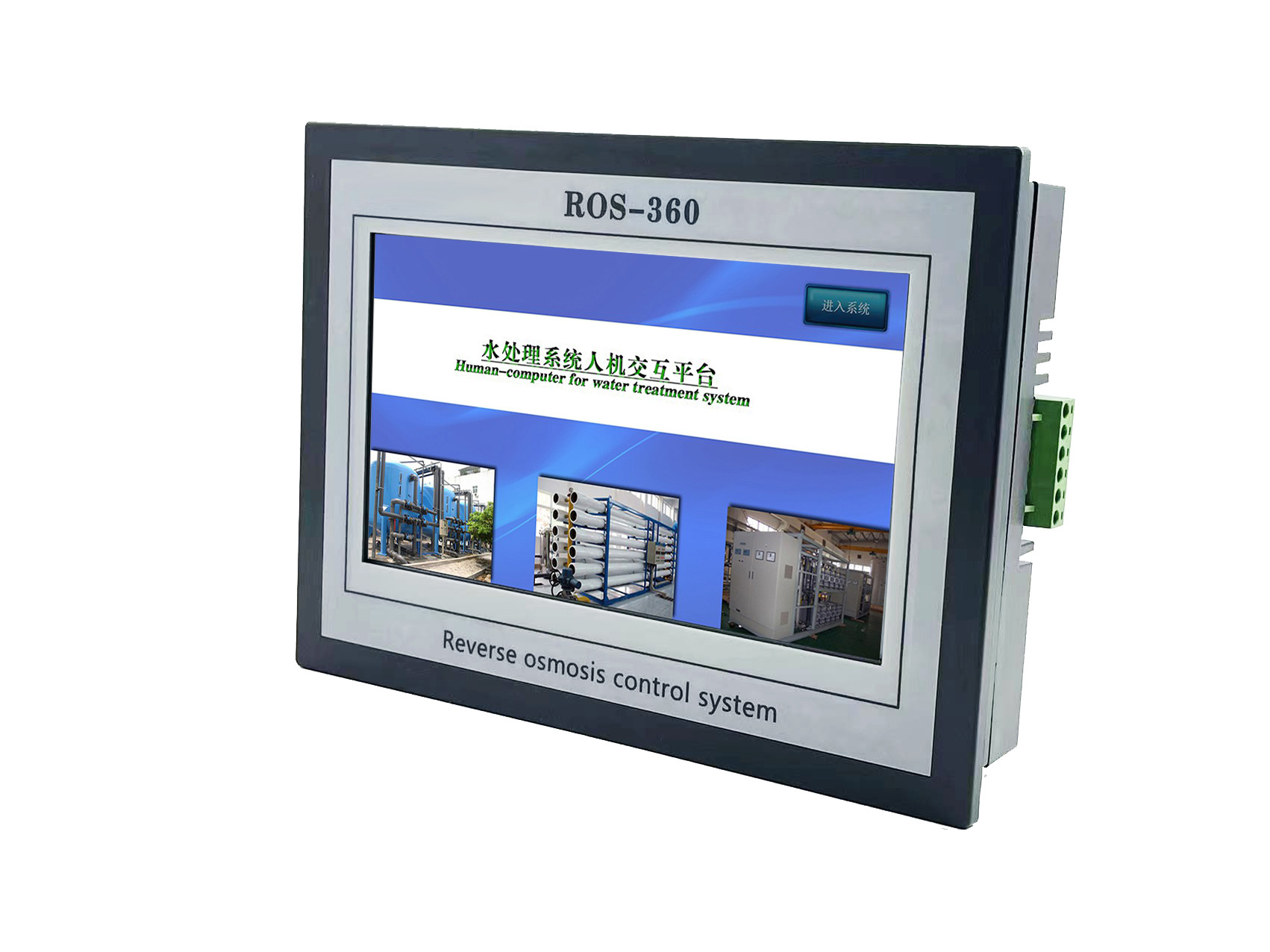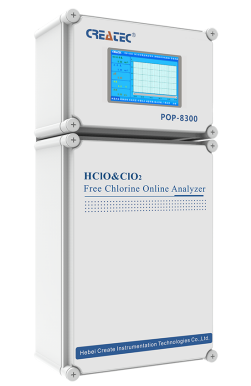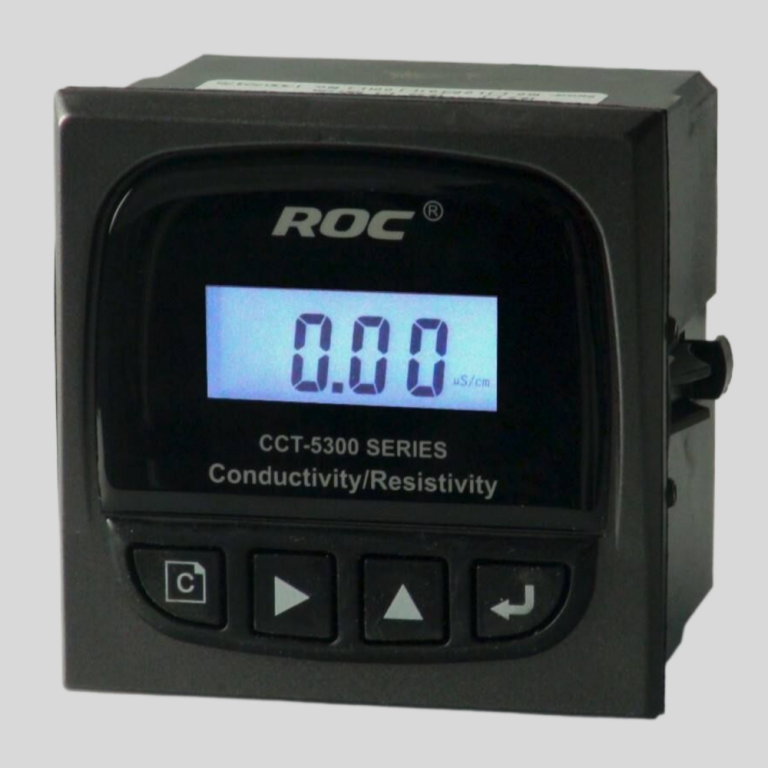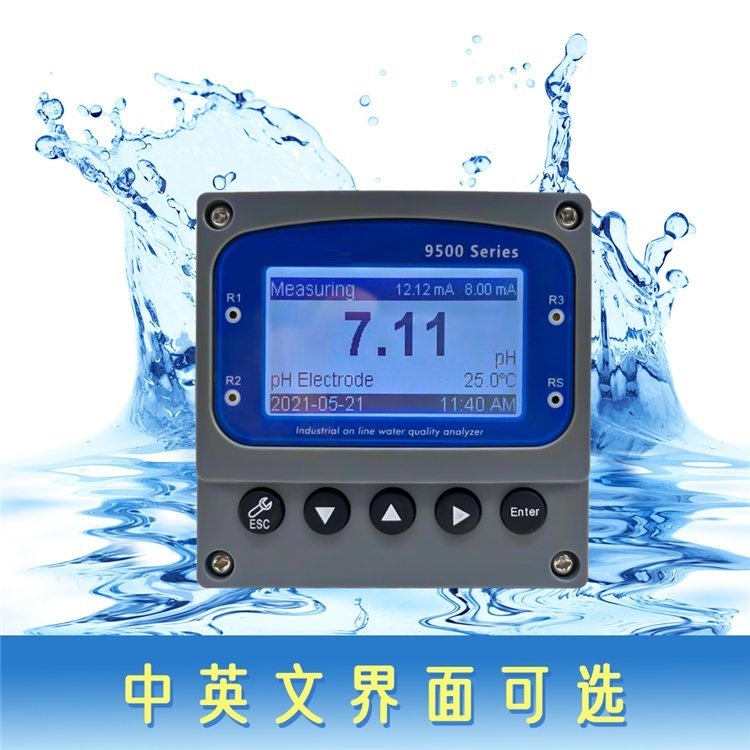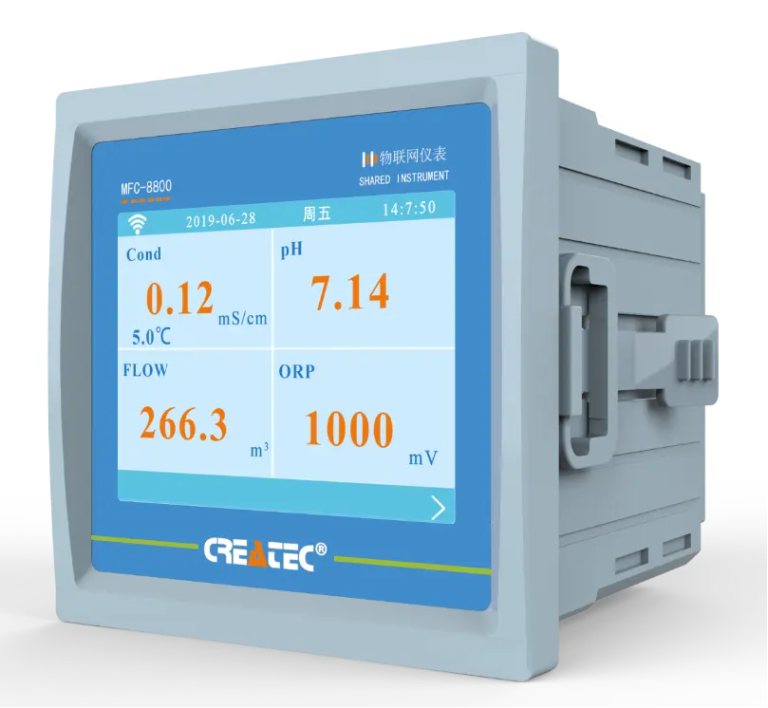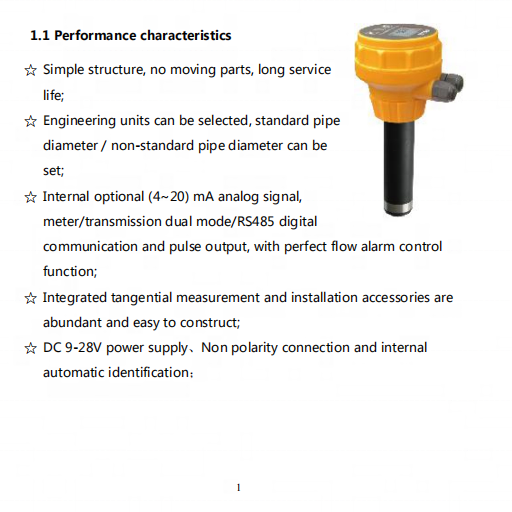Understanding the Basics of resistivity meters
A resistivity meter is a crucial tool used in various industries to measure the resistance of a material to the flow of electric current. Understanding how resistivity meters work and their importance in different applications is essential for anyone working in fields such as geology, engineering, or electronics.
resistivity meters operate on the principle of Ohm’s Law, which states that the current flowing through a material is directly proportional to the voltage applied across it and inversely proportional to the resistance of the material. By measuring the voltage and current, resistivity meters can calculate the resistance of a material and provide valuable information about its electrical properties.
One of the key components of a resistivity meter is the probe, which is used to make contact with the material being tested. The probe typically consists of two electrodes that are placed on the surface of the material. When a voltage is applied across the electrodes, a current flows through the material, and the resistivity meter measures the resulting voltage drop to determine the resistance.
There are several types of resistivity meters available, each with its own set of features and capabilities. Some meters are designed for specific applications, such as measuring the resistivity of soil for geotechnical surveys or determining the conductivity of water for environmental monitoring. Other meters are more versatile and can be used for a wide range of materials and substances.
| Instrument model | FET-8920 | |
| Measurement range | Instantaneous flow | (0~2000)m3/h |
| Accumulative flow | (0~99999999)m3 | |
| Flow rate | (0.5~5)m/s | |
| Resolution | 0.001m3/h | |
| Accuracy level | Less than 2.5% RS or 0.025m/s.whichever is the largest | |
| Conductivity | >20μS/cm | |
| (4~20)mA output | Number of channels | Single channel |
| Technical features | Isolated,reversible,adjustable, meter/transmission dual mode | |
| Loop resistance | 400Ω(Max), DC 24V | |
| Transmission accuracy | ±0.1mA | |
| Control output | Number of channels | Single channel |
| Electrical contact | Semiconductor photoelectric relay | |
| Load capacity | 50mA(Max), DC 30V | |
| Control mode | Instantaneous amount upper/lower limit alarm | |
| Digital output | RS485(MODBUS protocol ),Impulse output1KHz | |
| Working power | Power supply | DC 9~28V |
| source | Power Consumption | ≤3.0W |
| Diameter | DN40~DN300(can be customized) | |
| Working environment | Temperature:(0~50) ℃; Relative humidity: ≤85%RH(none condensation) | |
| Storage environment | Temperature:(-20~60) ℃; Relative humidity: ≤85%RH(none condensation) | |
| Protection grade | IP65 | |
| Installation method | Insertion pipeline installation | |
One important factor to consider when using a resistivity meter is the accuracy of the measurements. Factors such as temperature, humidity, and the condition of the material being tested can all affect the results. It is essential to calibrate the meter regularly and follow proper testing procedures to ensure accurate and reliable measurements.
In addition to measuring resistance, resistivity meters can also be used to calculate other important electrical properties, such as conductivity, impedance, and capacitance. These measurements can provide valuable insights into the behavior of materials under different conditions and help engineers and scientists make informed decisions about their use in various applications.
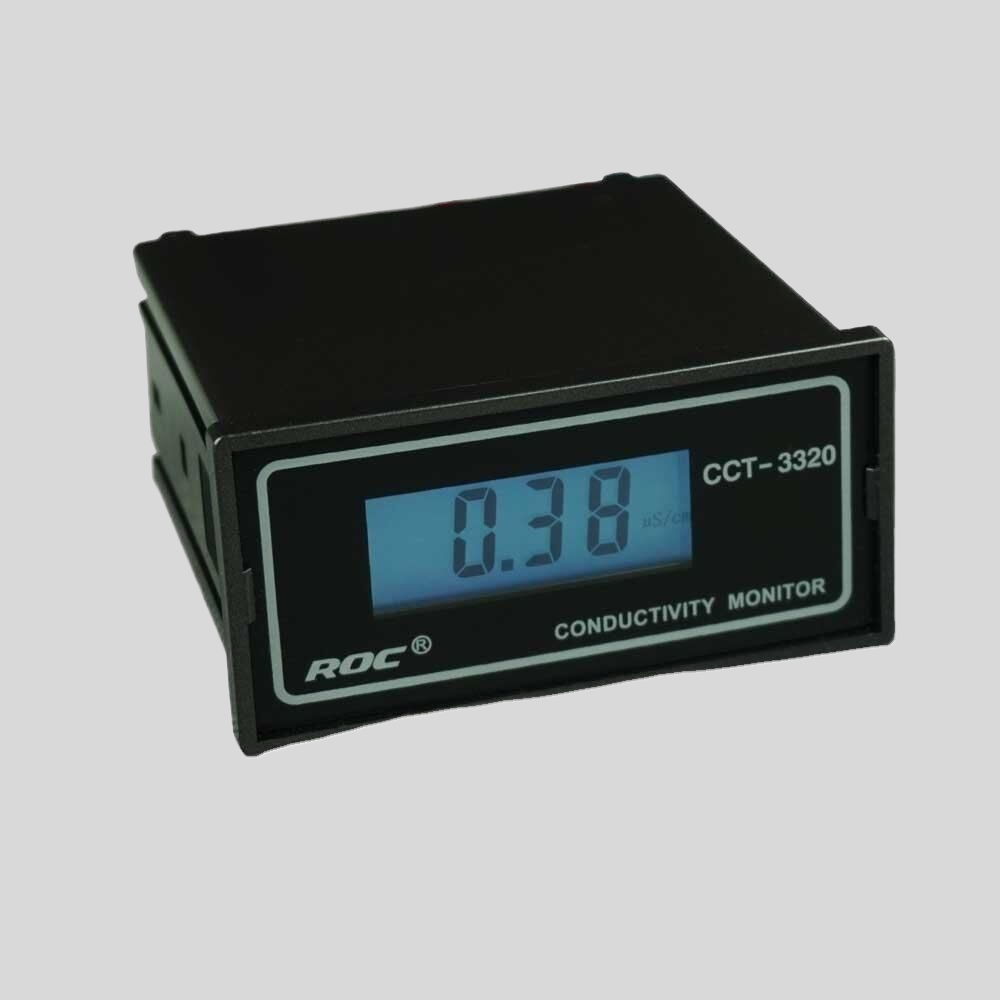
resistivity meters are widely used in industries such as mining, construction, and electronics, where the electrical properties of materials play a crucial role in the design and performance of products and structures. By understanding how resistivity meters work and how to interpret their measurements, professionals in these industries can ensure the quality and reliability of their work.
| FCT-8350 Flow Transmitter | |
| Measurement range | Instantaneous flow:(0~2000)m3/h;Accumulated flow:(0~99999999)m3 |
| Flow rate | (0~5)m/s |
| Applicable pipe diameter | DN 25~DN 1000 for selection |
| Resolution | 0.001 m3/h |
| Renew interval | 1S |
| Accuracy | 2.0 level |
| Repeatability | ±0.5% |
| Probe input | Range :0.5Hz~2KHz;Power supply:DC 12V(instrument supply) |
| Analog output | (4~20)mA,Instrument/transmitter for selection; |
| Control output | Semi-conductor photo electronic relay,Load current 50mA(max),AC/DC 30V |
| Control mode | Instantaneous flow high/low limit alarm, flow variable frequency conversion |
| Working power | DC24V |
| Power consumption: | <3.0W |
| Cable length | 5m as standard ; or(1~500)m for selection |
| Working environment | Temp.:(0~50)℃;relative humidity≤85%RH(non condensation) |
| Storage environment | Temp.:(-20~60)℃; relative humidity:≤85%RH(non condensation) |
| Protection level | IP65(with back cover) |
| Dimension | 96 mm×96 mm×94mm (H×W×D) |
| Hole size | 91mm×91mm(H×W) |
| Installation | Panel mounted,fast installation |
In conclusion, resistivity meters are essential tools for measuring the electrical properties of materials and substances in various industries. By understanding the basics of how resistivity meters work and how to use them effectively, professionals can make informed decisions about the materials they work with and ensure the success of their projects. Whether testing soil for construction projects or analyzing the conductivity of water for environmental monitoring, resistivity meters play a vital role in ensuring the safety and efficiency of our modern world.
